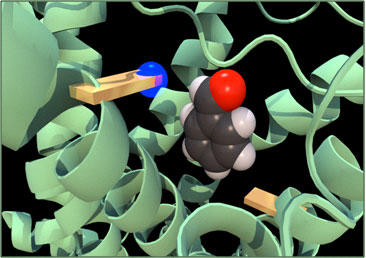Our sense of smell is extraordinarily good at molecular recognition: we can identify tens of thousands of odorants unerringly over a wide concentration range. The mechanism by which this happens is still hotly debated. One view is that molecular shape governs smell, but this notion has turned out to have very little predictive power. Some years ago I revived a discredited theory that posits instead that the nose is a vibrational spectroscope, and proposed a possible underlying mechanism in elastic electron tunneling. In my talk, I will review the history and salient facts of this problem and describe some recent experiments that go some way towards settling the question.


Images provided by Shutterstock and speaker.
Anyone outside NIST wishing to attend must be sponsored by a NIST employee and receive a visitor badge.
For more information, contact Kum Ham at 301-975-4203.
Colloquia are videotaped and available in the NIST Research Library.
Luca Turin
Center for Biomedical Engineering
Massachusetts Institute of Technology

